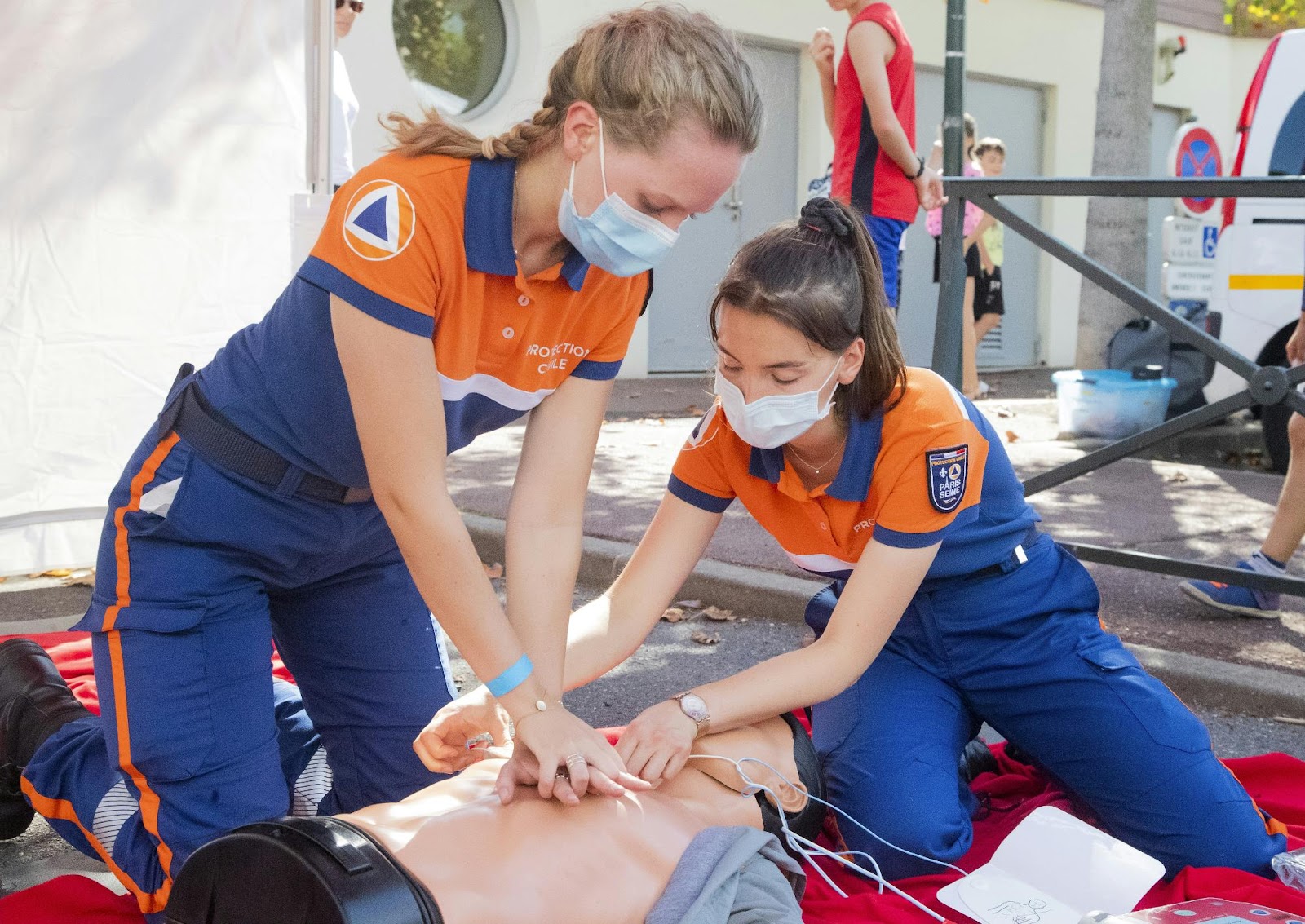
CPR is an essential skill that can mean the difference between life and death in an emergency situation. Learning how to perform CPR properly through certified training is not only a personal asset but a communal benefit, potentially saving a loved one or even a stranger’s life. Nonetheless, many misconceptions surround the accessibility and the necessity of such training. As we explore the significance of becoming CPR certified and how it contributes to health and safety, you will realize it’s less about if but when you’ll need these skills. Below, we will delve into its impact, address common misunderstandings, and navigate the steps to obtaining and maintaining certification.
Overcoming Common Misconceptions About CPR Training
One widespread misconception is that CPR certification is time-consuming and only for healthcare workers. However, CPR training is designed to be accessible and efficient, with a single course providing the basics to anyone willing to learn. Such programs aim to be inclusive, eroding the barrier of inaccessibility that many perceive exists.
Another myth is that CPR is too complex for the average person to grasp. This couldn’t be further from the truth, as modern training methods have streamlined the process, focusing on clear, simple instructions that can be recalled under pressure. Courses are crafted to ensure retention of information and muscle memory through hands-on practice and repetition.
Accessibility comes into question for those who cannot attend in-person training sessions. However, with advancements in technology and education, obtaining a CPR online certification is now an alternative that maintains the integrity of the training while providing flexibility for the participant. This development ensures that CPR training is far more accessible than many previously believed.
Demystifying CPR Certification: What You Learn and Why It Matters
A typical CPR certification course covers a range of critical skills, from the mechanics of chest compressions and rescue breathing to the correct usage of AEDs. But it’s more than just learning how to act—it’s about developing the judgment to recognize when to act. CPR training equips individuals with the procedural knowledge to respond efficiently and effectively to a variety of emergency scenarios.
Understanding the science behind CPR is also a crucial component of certification training. It involves recognizing the importance of maintaining blood flow to the brain and organs during a cardiac arrest, thereby increasing the chances of survival and reducing the risk of permanent organ damage. The course also teaches the importance of following the latest evidence-based practices, ensuring the highest possible care standards are met.
CPR training is not designed exclusively for medical professionals. Its materials and teachings are accessible to the general public, making it possible for anyone to become a certified lifesaver. While the idea of stepping into such a critical role can be daunting, certified instructors provide the reassurance and guidance necessary to build confidence in these skills.
The Role of CPR Training in Emergency Response Scenarios
In an emergency response scenario, the role of a CPR-trained individual is often pivotal. The first few minutes following a cardiac event are critical, and the actions taken during this time frame can considerably affect the outcome. Acting as the immediate responder, a person trained in CPR can initiate the lifesaving process before emergency medical services arrive.
Such immediate action is especially vital in rural or remote areas, where emergency response times can be longer. In these settings, the presence of someone with CPR training can bridge the time gap, providing essential care that could prevent death or minimize long-term damage to the victim’s health.
Navigating the Path to CPR Certification and Recertification Requirements
Obtaining CPR certification is a process that begins with choosing a reputable training program, which should adhere to the latest American Heart Association (AHA) or Red Cross guidelines. Many organizations offer CPR courses for varying levels, from beginners to those seeking advanced skills, such as healthcare providers.
Once certified, an individual is equipped to deliver CPR, but it’s important to note that CPR certification does not last indefinitely. The AHA recommends that CPR certification be renewed every two years. This recertification ensures that individuals remain updated on best practices and retain their skills through regular review and practice.
Overall, CPR training and certification are not just beneficial but essential components of a prepared community. By equipping more people with the skills and confidence to act in emergency situations, we collectively enhance our resilience and ability to save lives. The path to becoming a lifesaving resource is clear, and with the options for certification more accessible than ever, there’s no better time to commit to this valuable pursuit.
Write and Win: Participate in Creative writing Contest & International Essay Contest and win fabulous prizes.


